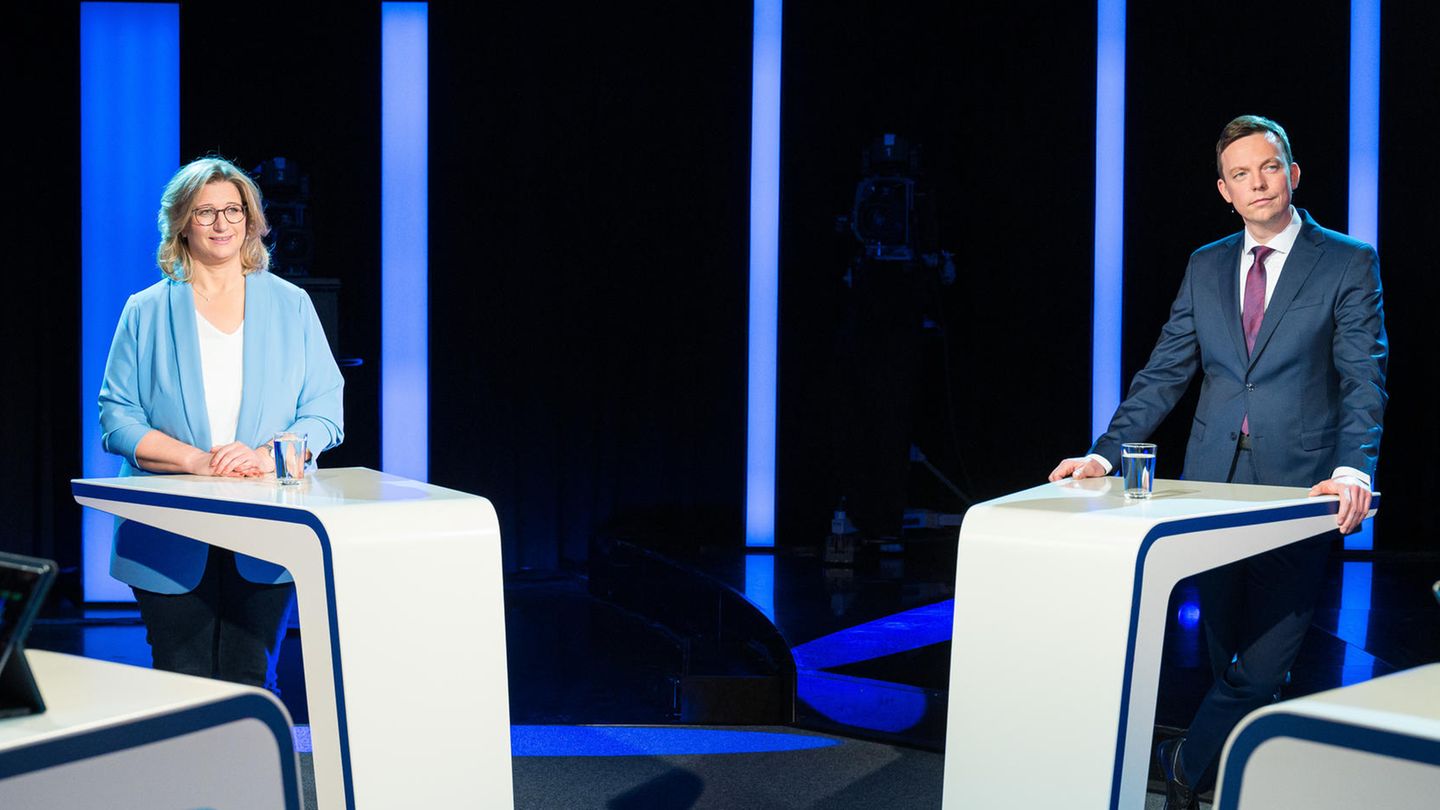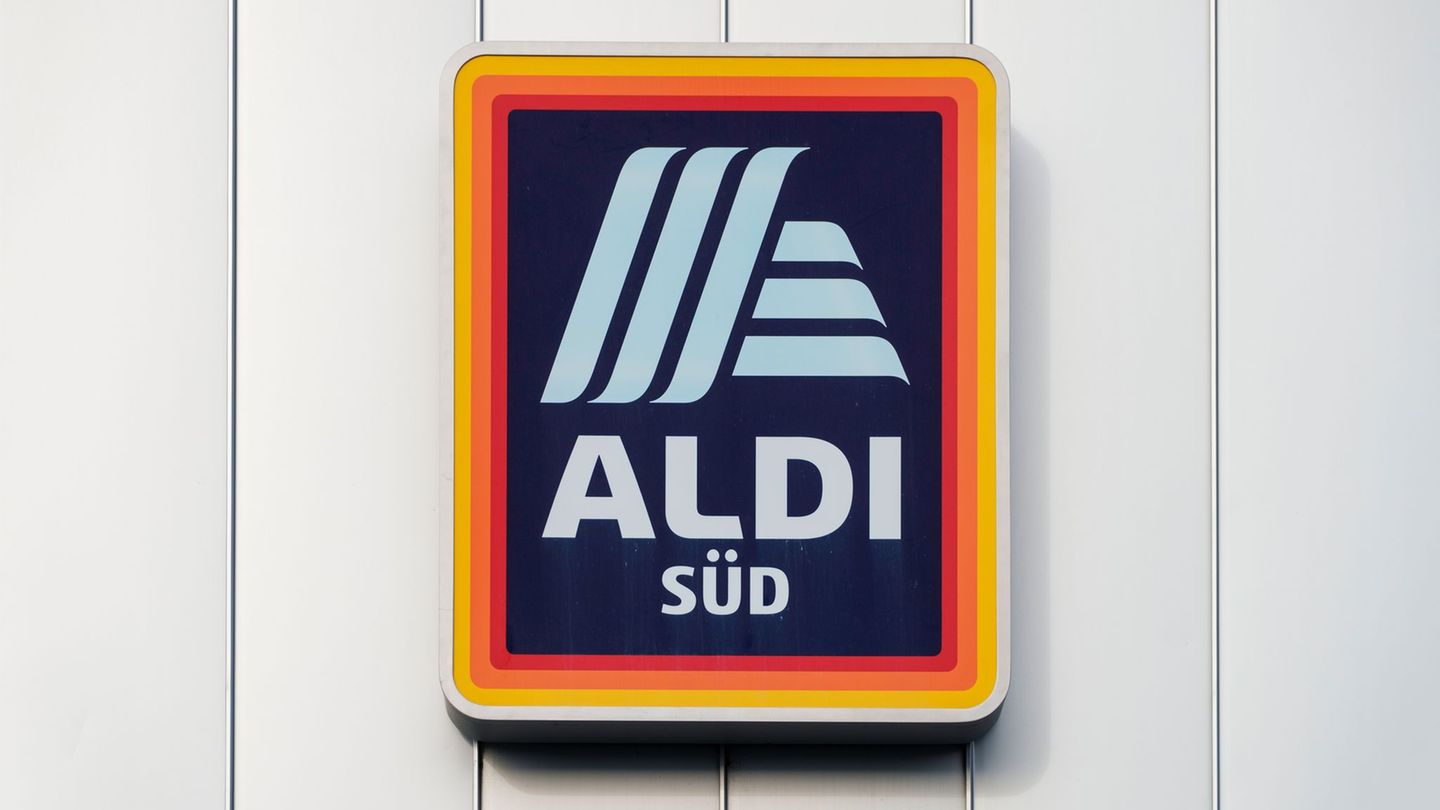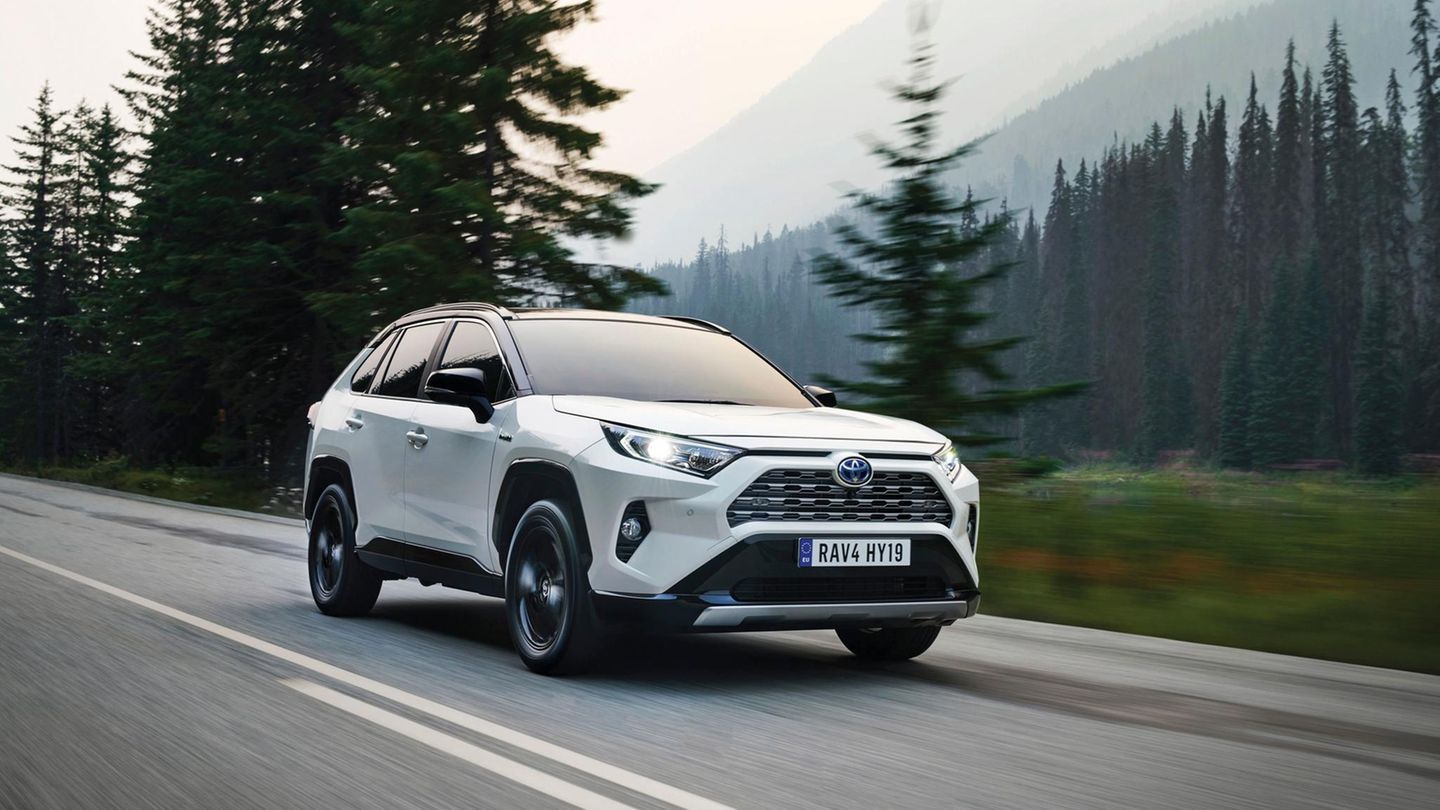750,000 voters can cast their votes in Saarland today. There could be a power shift. Everything you need to know about the state elections in Saarland.
Saarland has been firmly in the hands of the CDU for almost 23 years: First Minister President Peter Müller was at the helm, followed by Prime Minister Annegret Kramp-Karrenbauer in 2011 and her successor Tobias Hans has been in charge since March 2018. This Sunday the cards will be reshuffled. Everything important to choose from:
The facts
A good 750,000 voters are called upon to cast their votes in the republic’s smallest area. A total of 18 parties and electoral groups are nominating their candidates, including 17 with state lists. Only the AfD does not have a state list because it was withdrawn due to an internal party dispute. In the 2017 election, turnout was 69.7 percent.
The suffrage
Each voter has only one vote. This means that the state and one of the three constituency lists are elected at the same time. Of the 51 mandates, 41 are awarded via the constituency lists, the others via the state lists. The votes are counted according to d’Hondt’s maximum number method. There is a five percent hurdle.
The starting point in Saarland
Four parties are currently represented in the state parliament. The strongest force in March 2017 was the CDU with 40.7 percent of the votes, followed by its coalition partner SPD with 29.6 percent. The Left ended up with 12.8 percent, the AfD moved in for the first time with 6.2 percent. Greens (4.0) and FDP (3.3) missed the jump over the five percent hurdle. The CDU and SPD then formed a grand coalition. Saarland has been governed by a Groko since 2012.
The staff
The CDU is led by Prime Minister Hans (44). He took over the office when his predecessor Kramp-Karrenbauer moved to Berlin in early 2018. The challenger is Deputy Prime Minister and Economics Minister Anke Rehlinger (SPD/45). The left goes into the race with the deputy state chairman Barbara Spaniol (58). The Greens send lawyer Lisa Becker (32) to the start. The FDP top candidate is the entrepreneur Angelika Hießerich-Peter (57). The AfD has no top candidate without a state list.
The election campaign
Initially, corona topics such as loosening or the facility-related compulsory vaccination dominated. After the start of the Ukraine war, high energy and fuel prices are a top issue. Everyone wants relief for citizens – Hans has called for a “fuel price brake” particularly loudly. On the occasion of the war, Rehlinger campaigned for a faster expansion of renewable energies – also in order to become independent from Russia.
The polls
In recent polls, the SPD was well ahead of the CDU. According to pollsters, from November until shortly before the election it increased from 33 to 41 percent most recently, while the CDU fluctuated between 28 and 31 percent (most recently 28 percent). Pollsters see the AfD at around 6 percent and the Greens at 5 to 6 percent. With 5 percent, the FDP would have to worry about entering the state parliament. The Left would stay out with 4 percent.
The options
Several coalitions would be possible: A grand coalition led by the SPD and red-green or red-yellow if the Greens and the FDP manage to move in. A traffic light coalition of SPD, FDP and Greens would also be conceivable. Rehlinger says she has “always had great sympathy” for a grand coalition – but she has not ruled out a traffic light. Hans has advocated the continuation of a grand coalition under his leadership and does not comment on a possible role as a junior partner.
Source: Stern
David William is a talented author who has made a name for himself in the world of writing. He is a professional author who writes on a wide range of topics, from general interest to opinion news. David is currently working as a writer at 24 hours worlds where he brings his unique perspective and in-depth research to his articles, making them both informative and engaging.




